
How Salt Spray Testing Keeps Your Electric Bike Motor Rust-Free
Electric bikes are changing the way we get around cities, and the motor is at the heart of this transformation. Its reliability directly impacts both the bike's longevity and your riding experience. In environments like humid coastal cities or roads salted in winter, the metal parts of the electric bike motors face serious corrosion risks. Salt spray testing is a key process in ensuring the motor’s durability, serving as a “test of strength” for its corrosion resistance. In this article, we'll dive into the details of this essential test and why it matters.
The Silent “Killer” of Electric Bike Motors: Corrosion
The Real Corrosion Threat to Electric Bike Motors
In places like coastal Guangdong, some commuter electric bike users noticed rust spots on electric bike motors after just six months of use. Upon investigation, it was found that a failed bearing seal allowed saltwater to get inside, leading to a short circuit in the motor. This real case shows just how dangerous salt spray corrosion can be—it’s not just about looks; it can cause major failures.
The 3 Main Ways Corrosion Affects Electric Bike Motors
-
Electrochemical Corrosion: Metal parts form small batteries when exposed to salty water.
-
Crevice Corrosion: Water builds up in the seams of the electric bike motors casing, leading to localized rusting.
-
Stress Corrosion: Metals crack when they’re under stress and exposed to corrosive environments.

How Salt Spray Testing Simulates Tough Conditions for Electric Bike Motors
Creating a Marine-Like Environment in the Lab
Salt spray testing chambers mimic the harsh conditions of coastal areas with a highly controlled setup:
-
Atomization System: Turns a 5% salt solution into tiny mist droplets (1-5μm).
-
Temperature Control: Keeps the chamber at a constant 35±1°C to simulate warm climates.
-
Humidity Saturation: Heats the air to 47°C to maintain 100% humidity.
How Salt Spray Testing Speeds Up Corrosion
Salt spray testing accelerates corrosion much faster than natural exposure, using these methods:
-
The fog deposition rate is set to 1-2ml/80cm²/h.
-
The environment is filled with high concentrations of chloride ions.
-
Stable temperature and humidity ensure consistent testing conditions.
According to experiments, 96 hours of salt spray testing is equivalent to 6-12 months of real-life exposure in coastal areas.
Industry Practices in Electric Bike Motor Salt Spray Testing
Evolution of Testing Standards
The latest version of ISO 9227:2022 brings several key updates compared to the previous version:
-
Introduction of cyclical corrosion testing methods
-
More detailed requirements for sample placement angles
-
Standardized procedures for solution preparation
Comparing Typical Testing Plans
Here’s a comparison of different testing types and their standards:
| Test Type | Applicable Parts | Test Duration | Pass Criteria |
| Standard NSS | Shell/Brackets | 96 hours | No base material corrosion on surface |
| CASS Test | Precision Parts | 24 hours | No corrosion under 10x magnification |
| Cyclic Test | Entire Motor | 15 cycles | Motor functions normally |
Breakthrough Protection Technologies
New Surface Treatment Techniques
-
Plasma Electrolytic Oxidation: Creates a 50-100μm ceramic layer on aluminum alloy surfaces, enhancing durability and protection, which is crucial for components like electric bike motors.
-
Nano Composite Coatings: Graphene-enhanced anti-corrosion coating improves resistance, ensuring long-lasting performance for sensitive parts like electric bike motors.
-
Laser Microtexturing + Coating: This technique increases coating adhesion by 300%, making surfaces more durable and resistant to wear and tear, which is especially important for electric bike motors exposed to harsh conditions.
Innovative Structural Designs
-
“Maze-like” Drainage Structure: Improved water drainage.
-
Built-in Humidity Sensor: Provides smart early warnings.
-
Magnetic Suspension Bearings: Eliminate friction-related corrosion.
Deep Dive into Testing Data
Analysis of Common Failure Modes
Based on 300 test samples, the failure distribution is as follows:
-
65% of failures occur in fasteners
-
20% are due to terminal corrosion
-
15% result from bearing seal failure
Balancing Cost and Performance
-
Dacromet treatment costs 40% more than standard galvanizing.
-
However, it extends the salt spray testing duration by 5 times.
-
Overall lifecycle costs are reduced by 60%.

Future Outlook for Testing Technologies
Smart Testing Systems
-
Embedded Corrosion Sensors: Real-time monitoring for early corrosion detection.
-
Machine Learning for Failure Prediction: AI-driven analysis to predict potential failures.
-
Digital Twin Technology: Virtual models to simulate and test electric bike motors performance under various conditions.
New Directions for Testing Standards
-
Simulating Acid Rain + salt spray testing Combined Environments
-
Corrosion testing under Dynamic Load Conditions
-
Development of Rapid Assessment Methods for quicker results









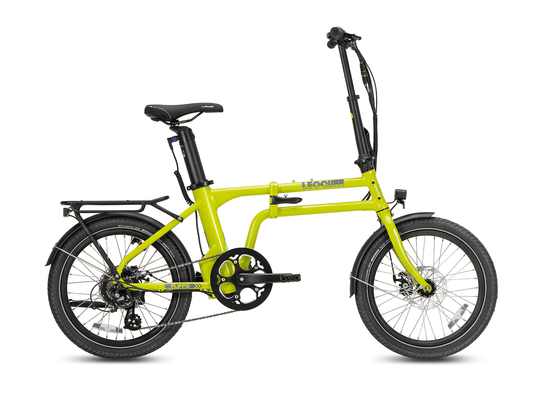
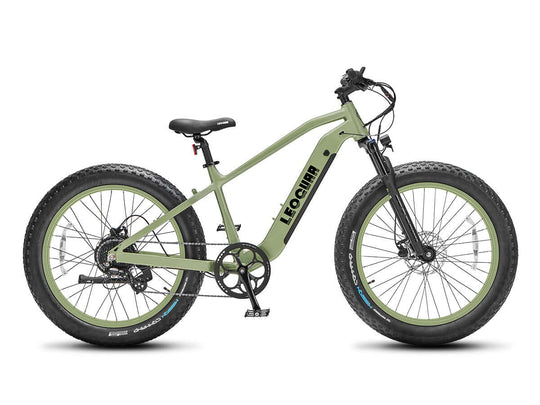
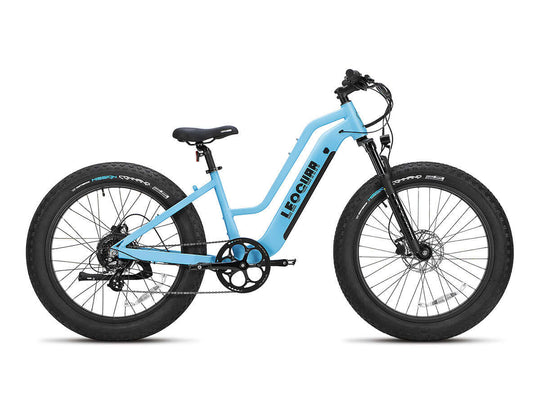
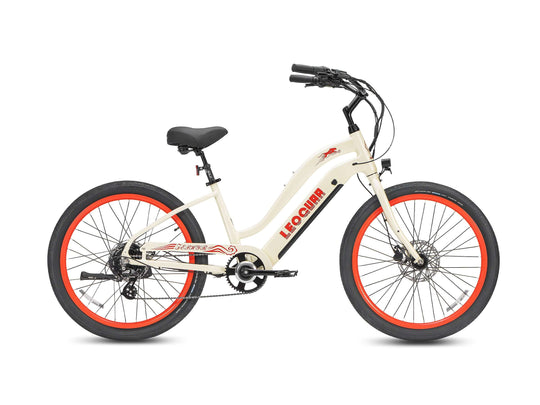
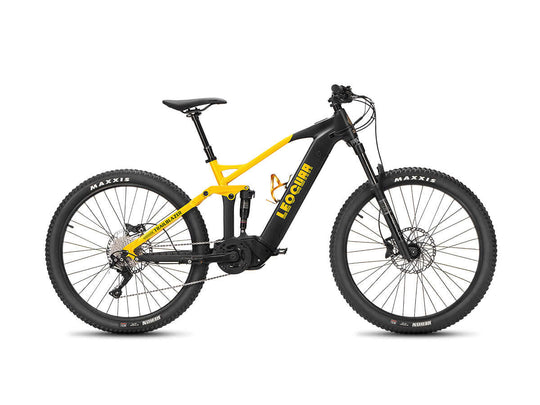
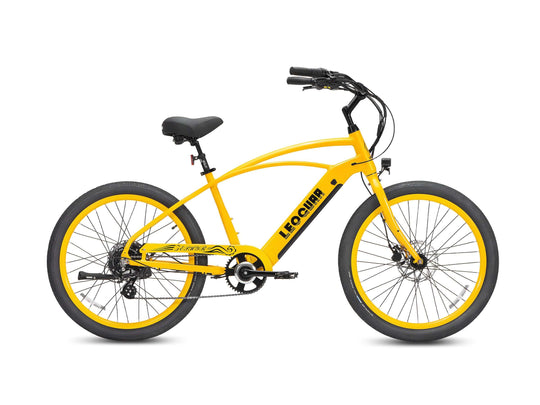
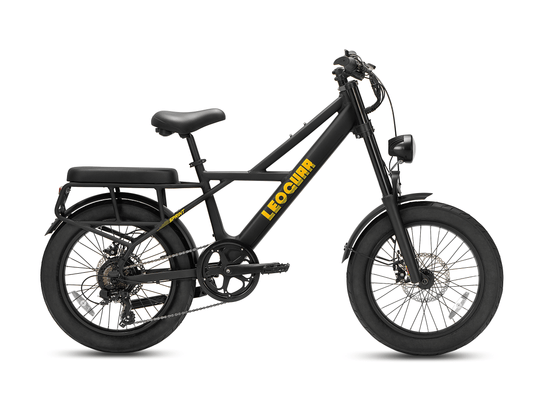

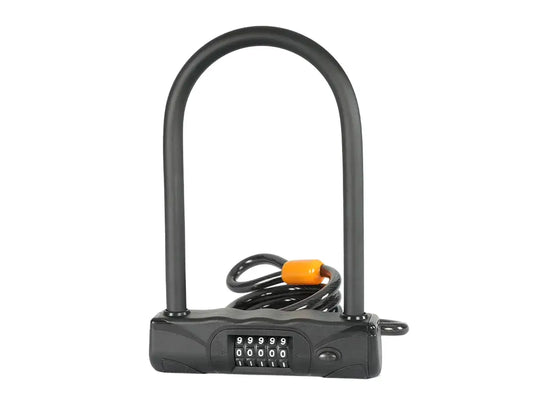
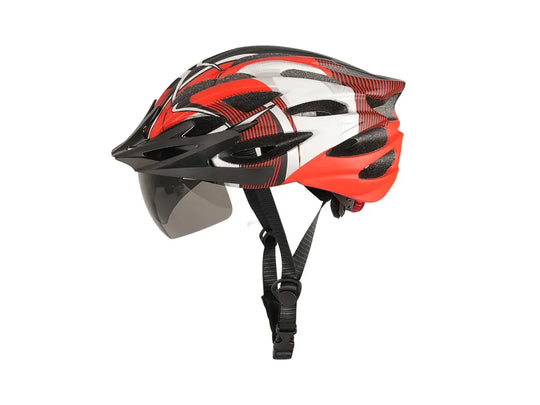
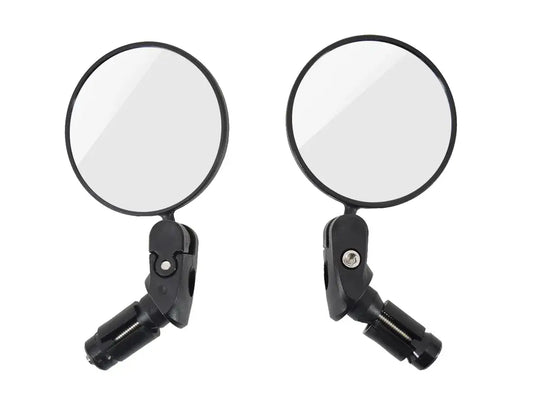
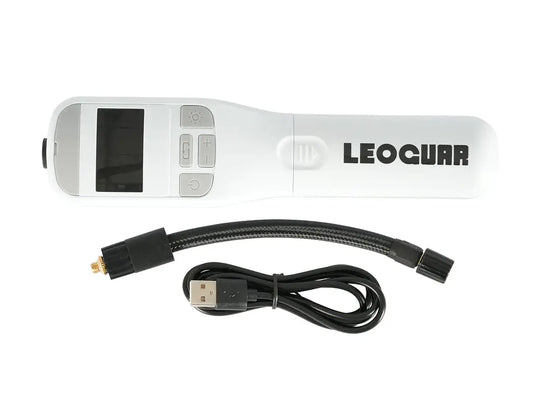
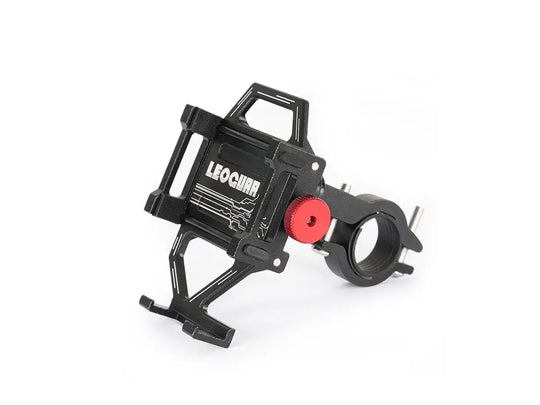

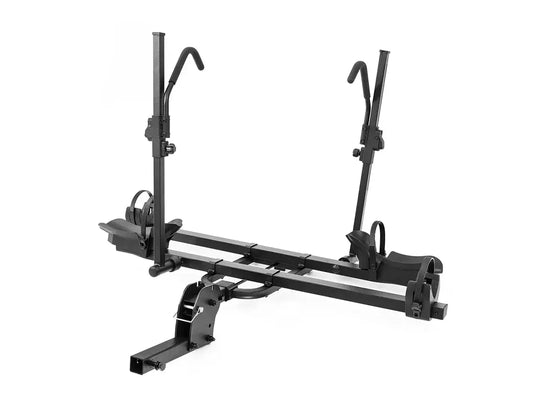
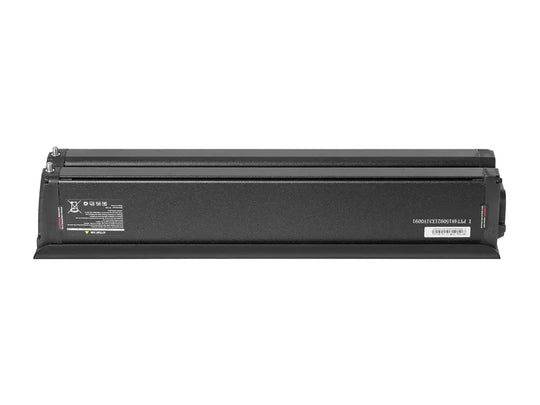
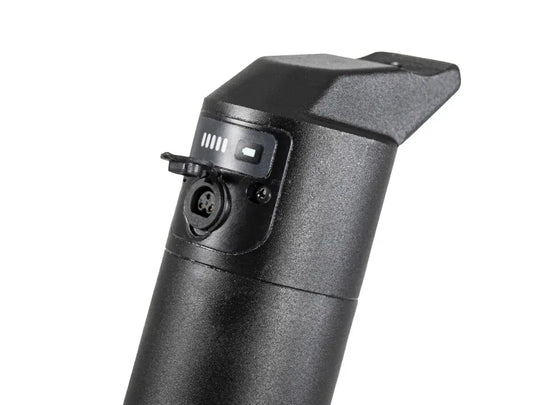
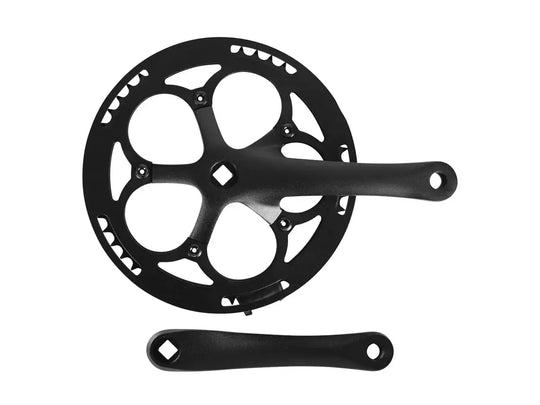
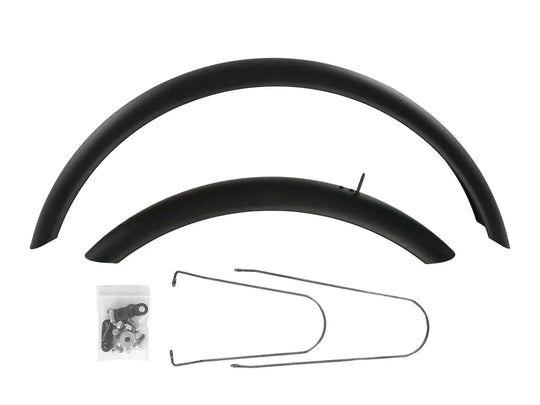
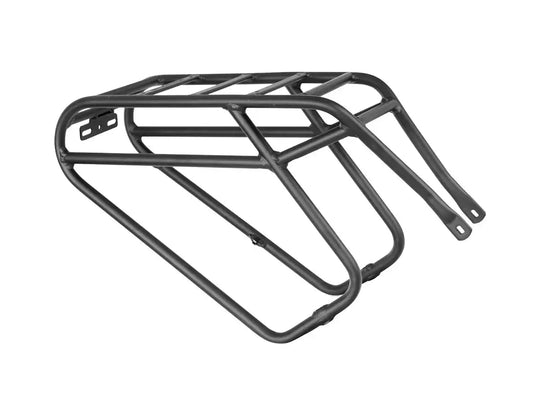
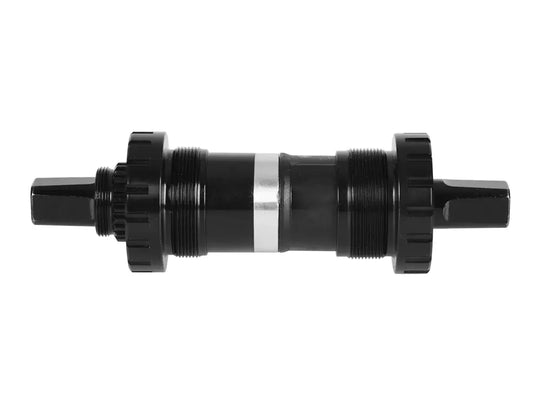
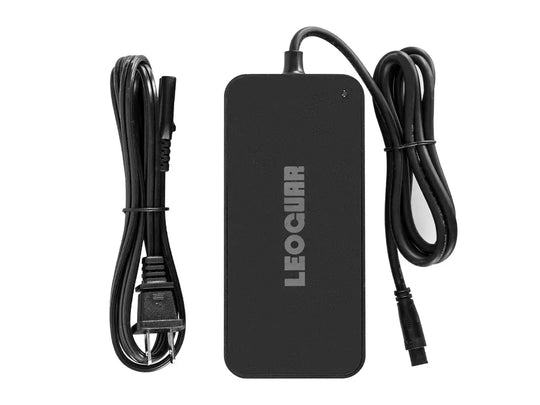
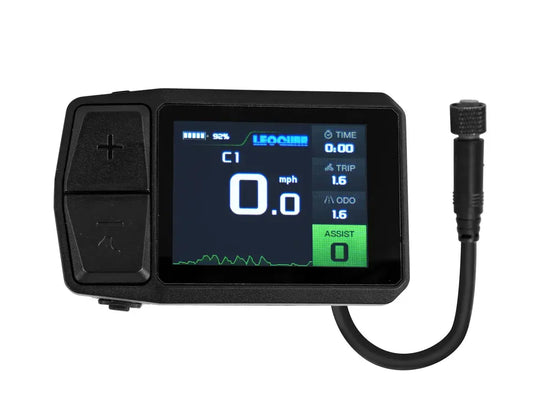
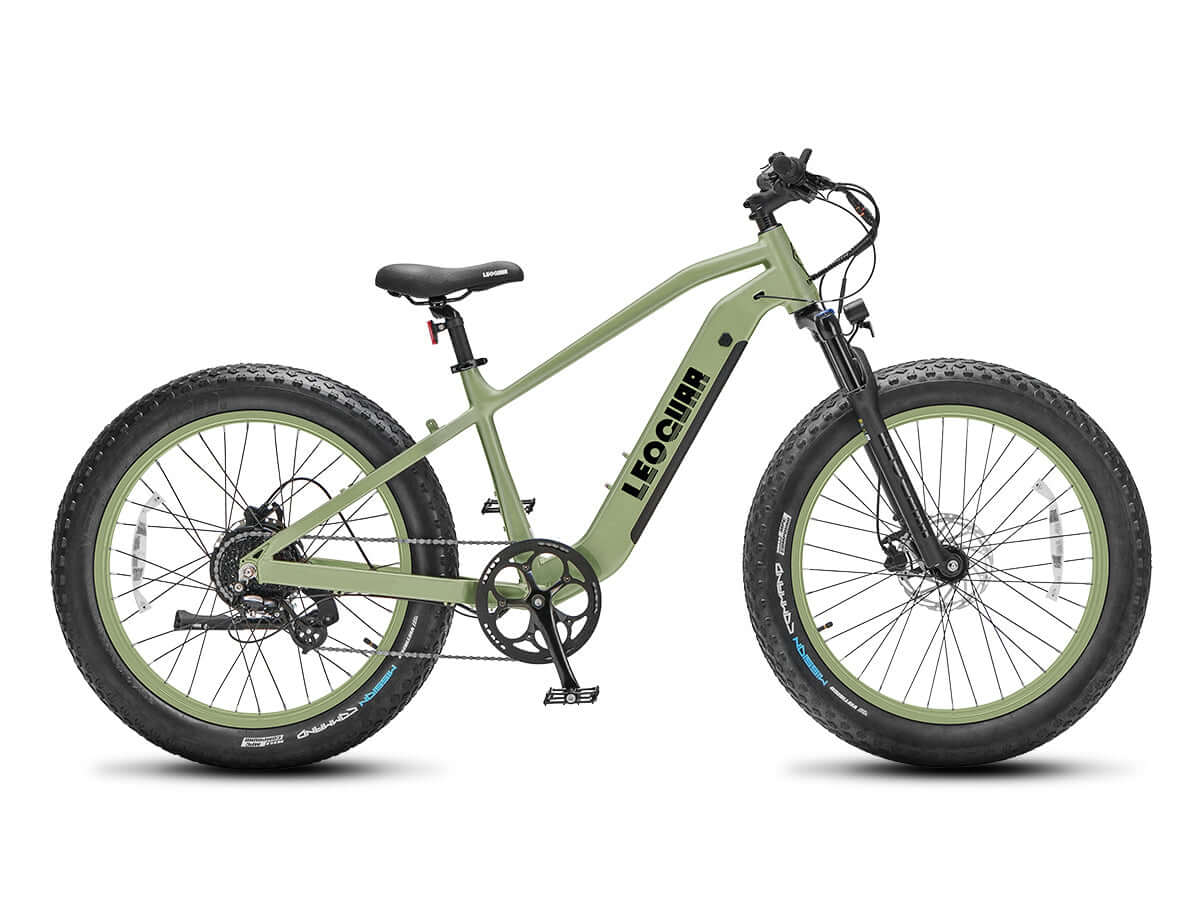








Leave a comment